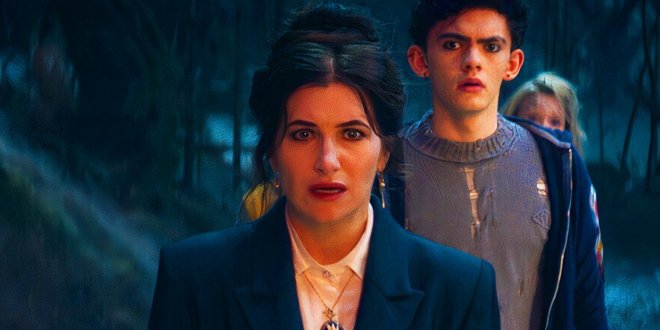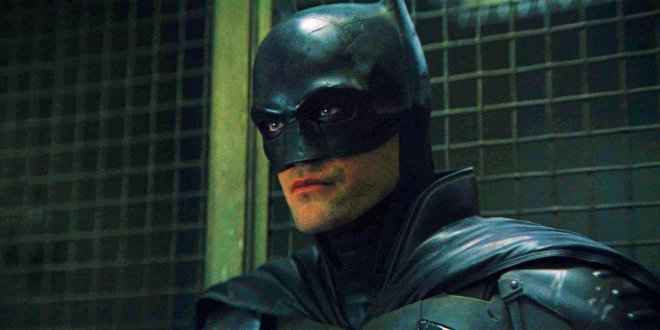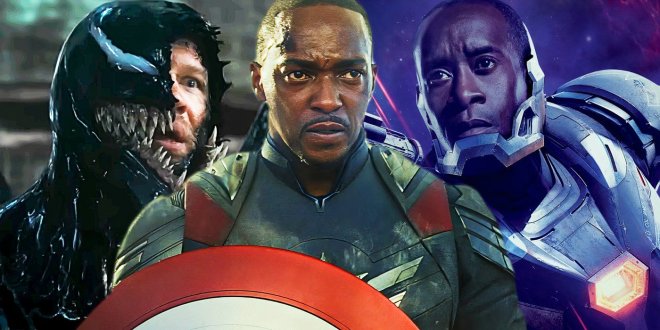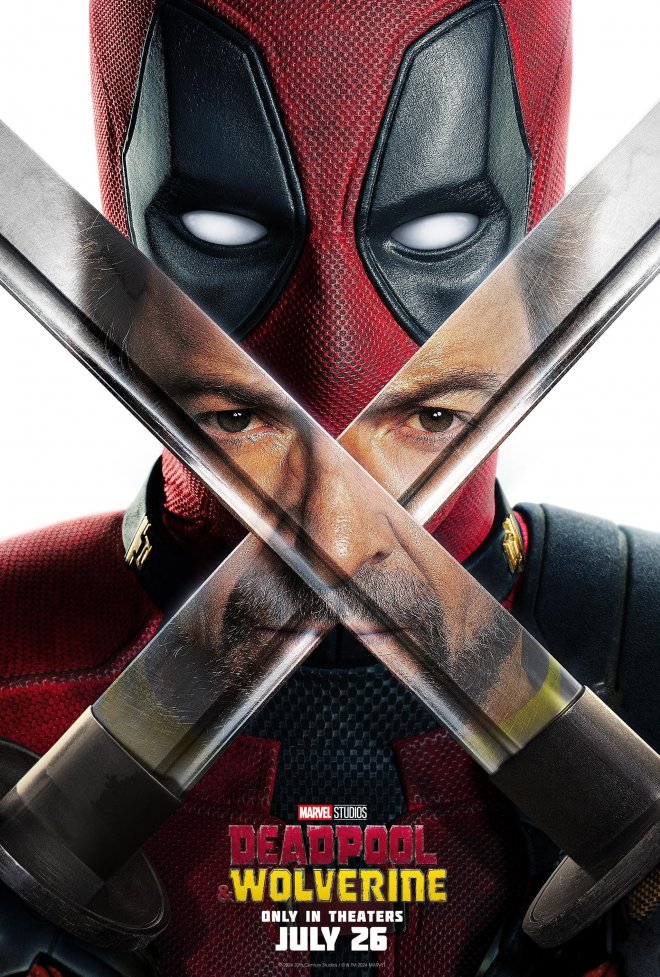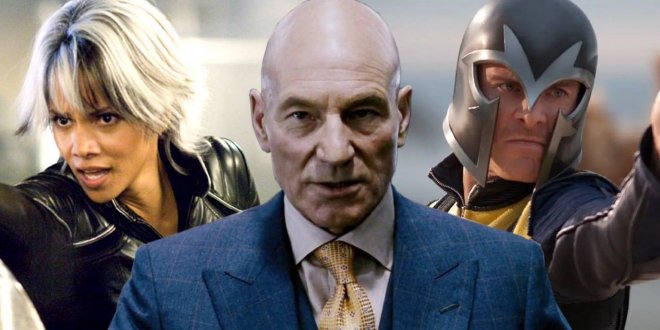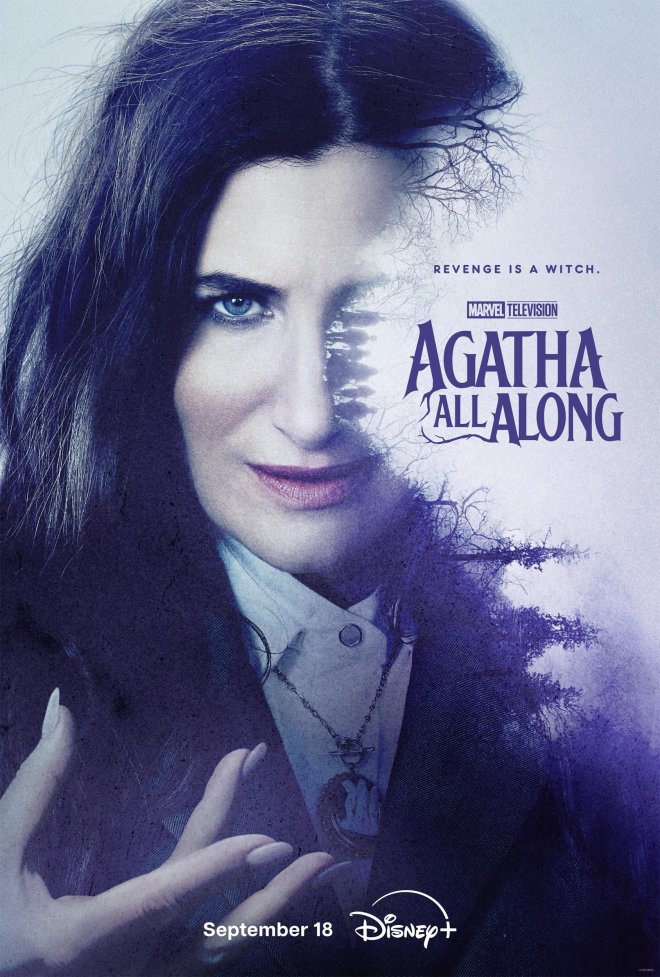35 Years Ago, A Failed X-Men Series Made Wolverine Australian Long Before Jackman"s Casting
Summary
Now, as X-Men ‘97 welcomes the 90s animated iteration of the team to the modern age, it’s worth revisiting the adventure from where it all started. The pilot episode of X-Men: The Animated Series premiered on Fox Kids in 1992. A breakout hit upon its premiere, it helped Marvel cope with the disappointment from three years ago. As a part of Marvel’s weekly syndicated TV block across multiple channels, the pilot X-Men: Pryde of the X-Men debuted in 1989 with Stan Lee’s charismatic voiceover introducing fan-favorite team members. And yet, the episode was not picked up by any studio.
![]() Related All 5 X-Men Animated Series Ranked Worst To Best The X-Men have been given some great animated incarnations, and they stack up closely to one another in terms of quality.
Related All 5 X-Men Animated Series Ranked Worst To Best The X-Men have been given some great animated incarnations, and they stack up closely to one another in terms of quality.
Why X-Men: Pryde Of The X-Men Disappointed Comic Fans Blame It On An Australian Wolverine And A Damsel In Distress Close Despite featuring comic-accurate costumes and cutting-edge animation for the era, X-Men: Pryde of the X-Men came off as a campy pilot with some disappointing changes from the source material. The most talked about aspect of the pilot was undoubtedly Wolverine’s Australian accent, a major segue from the adamantium-clawed mutant’s Canadian heritage. So, despite the episode suiting up Wolverine in his classic brown-and-gold costume, the unorthodox choice of giving him a linguistic connection to Down Under put off many comic book readers. It’s ironic that Wolverine was later played to perfection by Australian actor Hugh Jackman in the live-action movies.
Before a full-fledged X-Men TV show, the mutants appeared as guest stars on Spider-Man and His Amazing Friends.
Wolverine’s caricature-like Australian accent was supported by equally stereotypical German and Russian accents for Nightcrawler and Colossus. Another element that drew criticism was Kitty Pryde's naivety. Despite making good use of her phasing powers, Kitty is reduced to an adolescent damsel in distress, often interrupting the team’s missions. The pilot also notably takes away the comic’s commentary on racism and alienation by simply making the X-Men’s mission to save “the human race” against Magneto’s Brotherhood of “terrorist mutants.” Unfortunately, the late Stan Lee’s effervescent charm also falls flat, with his constant voiceover narration being heavy on exposition.
How X-Men's First Pilot Sprung Out Of A RoboCop Storyboard The Uncanny X-Men Comics Also Served As Major Inspirations![]() Critics and fans have always been harsh toward the storytelling of X-Men: Pryde of the X-Men ,but the one aspect that has drawn universal praise is the animation. Interestingly, the pilot sprung out of funding reserved for an episode of RoboCop (which again was a part of the Marvel Action Universe programming block). What could have been the 13th RoboCop episode in the series gave way to X-Men: Pryde of the X-Men. Marvel assigned animation duties for this promising X-Men pilot to Japan’s Toei Animation, the studio behind the 1984 Transformers cartoon and anime like Dragon Ball and One Piece.
Critics and fans have always been harsh toward the storytelling of X-Men: Pryde of the X-Men ,but the one aspect that has drawn universal praise is the animation. Interestingly, the pilot sprung out of funding reserved for an episode of RoboCop (which again was a part of the Marvel Action Universe programming block). What could have been the 13th RoboCop episode in the series gave way to X-Men: Pryde of the X-Men. Marvel assigned animation duties for this promising X-Men pilot to Japan’s Toei Animation, the studio behind the 1984 Transformers cartoon and anime like Dragon Ball and One Piece.
The X-Men in X-Men: Pryde of the X-Men
The Brotherhood of Mutants in X-Men: Pryde of the X-Men
Charles Xavier (Professor X)
Magneto
Cyclops
White Queen
Storm
Pyro
Wolverine
Blob
Colossus
Juggernaut
Dazzler
Toad
Nightcrawler
Lockheed
Kitty Pryde
Compared to the otherwise clunky visuals of other Marvel Action Universe block programs at the time, the action sequences of the 1989 pilot were more fluid, and the character outlines were more defined. The Uncanny X-Men comics (issues #129-139) inspired the general premise of the X-Men foiling Magneto’s plans of diverting a comet to Earth, blocking the sun, and ushering in a new Ice Age. But with the narrative and dialogues not as sharp as the animation, X-Men: Pryde of the X-Men was meant to be remembered as a case of style over substance.
What X-Men: The Animated Series Improved Upon The 1989 Pilot A Deeper Story Replaced The Campy Overtones![]() There are certain harsh realities of rewatching X-Men: The Animated Series. Much like the 1989 pilot, even this 90s-era series had its fair share of dodgy accents (although Wolverine wasn’t Australian this time). The animation also hasn’t aged well despite its charm. But X-Men: The Animated Series massively improved upon its predecessor with emotional storytelling, addressing serious themes, and a timeless theme song. While Pryde of the X-Men settled for an upbeat jingle like “X-Men, Coming Your Way,” the X-Men: The Animated Series theme was a dramatic, synth-heavy instrumental that’s now synonymous with the X-Men mythos.
There are certain harsh realities of rewatching X-Men: The Animated Series. Much like the 1989 pilot, even this 90s-era series had its fair share of dodgy accents (although Wolverine wasn’t Australian this time). The animation also hasn’t aged well despite its charm. But X-Men: The Animated Series massively improved upon its predecessor with emotional storytelling, addressing serious themes, and a timeless theme song. While Pryde of the X-Men settled for an upbeat jingle like “X-Men, Coming Your Way,” the X-Men: The Animated Series theme was a dramatic, synth-heavy instrumental that’s now synonymous with the X-Men mythos.
![]() Related The MCU's 2 X-Men Animated Series Easter Eggs Explained & Where To Spot Them X-Men: The Animated Series is instantly recognizable by some trademark elements, and the MCU aptly included them for fans of the 90s cult classic.
Related The MCU's 2 X-Men Animated Series Easter Eggs Explained & Where To Spot Them X-Men: The Animated Series is instantly recognizable by some trademark elements, and the MCU aptly included them for fans of the 90s cult classic.
Instead of Kitty Pryde, the Fox Kids show found a teenage heroine with Jubilee. Even if Jubilee has her moments of innocence, the series witnesses significant maturity and evolution in her arc, something that the 1989 pilot would have likely achieved if it had gotten more episodes. The formulaic heroes-save-the-day tropes are also avoided in X-Men: The Animated Series which was relatively darker than other superhero shows of that time. Instead of fixating on the binary between good and evil, the series was unafraid to explore the morally gray areas of Charles Xavier’s X-Men and Magneto’s Brotherhood of Mutants.
Cyclops and his X-Men weren’t just saving humanity like the average comic book hero; they were also fighting to be accepted in a harsh world where humans ostracize mutants. Just take the case of the mutant-hunting Sentinel robots from the very first episode or Beast’s struggle for a fair trial while being incarcerated throughout the first season. The Season 2 episode “Time Fugitives” even had allegorical callbacks to the social stigmas around the HIV/AIDS epidemic with mutants being discriminated against for carrying the Legacy Virus. X-Men: Pryde of the X-Men, in contrast, set the stage for a fairly straightforward “mission of the day” formula.
X-Men: Pryde Of The X-Men Left Behind A Legacy Despite Its Criticisms An Arcade Classic Followed The Pilot's Failure Close There was a silver lining underneath the failure of X-Men: Pryde of the X-Men as the pilot spawned some of the best X-Men video games of the 1980s and the 1990s. Apart from the heavily panned NES title The Uncanny X-Men, Pryde of the X-Men inspired the 1989 sidescroller X-Men: Madness in the Murderworld, which drew positive reviews for its innovative puzzles. An even bigger success was 1992’s X-Men arcade game by Japanese industry titan Konami. Replicating the pilot’s premise of Magneto kidnapping Charles Xavier and Kitty Pryde, players got to choose from six X-Men (the same lineup from the 1989 episode).
Before encountering Magneto in the final level, the players took on Brotherhood of Mutants alumni like Pyro, Blob, Mystique, and Juggernaut, as well as new additions like the Sentinel robots and the monsterous supervillain Wendigo. The Marvel arcade classic was ranked among the most-played arcade games of 1992 (via Amusement & Music Operators Association). Further, in 2004, X-Men was also included in Gamespot’s list of greatest video games of all time (via Gamespot). The legacy of the X-Men game is evident from home console versions released for the PlayStation 3 and Xbox 360 in 2010 and subsequent mobile device versions for Android and iOS.
[圖擷取自網路,如有疑問請私訊]
- Wolverine's Australian accent led to criticism in the 1989 X-Men pilot, despite comic-accurate costumes and impressive animation.
- X-Men: The Animated Series improved upon the 1989 pilot with emotional storytelling, serious themes, and a memorable theme song.
- Despite the failure of X-Men: Pryde of the X-Men, it inspired successful X-Men video games in the 1980s and 1990s, leaving behind a legacy.
Now, as X-Men ‘97 welcomes the 90s animated iteration of the team to the modern age, it’s worth revisiting the adventure from where it all started. The pilot episode of X-Men: The Animated Series premiered on Fox Kids in 1992. A breakout hit upon its premiere, it helped Marvel cope with the disappointment from three years ago. As a part of Marvel’s weekly syndicated TV block across multiple channels, the pilot X-Men: Pryde of the X-Men debuted in 1989 with Stan Lee’s charismatic voiceover introducing fan-favorite team members. And yet, the episode was not picked up by any studio.
 Related All 5 X-Men Animated Series Ranked Worst To Best The X-Men have been given some great animated incarnations, and they stack up closely to one another in terms of quality.
Related All 5 X-Men Animated Series Ranked Worst To Best The X-Men have been given some great animated incarnations, and they stack up closely to one another in terms of quality.Why X-Men: Pryde Of The X-Men Disappointed Comic Fans Blame It On An Australian Wolverine And A Damsel In Distress Close Despite featuring comic-accurate costumes and cutting-edge animation for the era, X-Men: Pryde of the X-Men came off as a campy pilot with some disappointing changes from the source material. The most talked about aspect of the pilot was undoubtedly Wolverine’s Australian accent, a major segue from the adamantium-clawed mutant’s Canadian heritage. So, despite the episode suiting up Wolverine in his classic brown-and-gold costume, the unorthodox choice of giving him a linguistic connection to Down Under put off many comic book readers. It’s ironic that Wolverine was later played to perfection by Australian actor Hugh Jackman in the live-action movies.
Before a full-fledged X-Men TV show, the mutants appeared as guest stars on Spider-Man and His Amazing Friends.
Wolverine’s caricature-like Australian accent was supported by equally stereotypical German and Russian accents for Nightcrawler and Colossus. Another element that drew criticism was Kitty Pryde's naivety. Despite making good use of her phasing powers, Kitty is reduced to an adolescent damsel in distress, often interrupting the team’s missions. The pilot also notably takes away the comic’s commentary on racism and alienation by simply making the X-Men’s mission to save “the human race” against Magneto’s Brotherhood of “terrorist mutants.” Unfortunately, the late Stan Lee’s effervescent charm also falls flat, with his constant voiceover narration being heavy on exposition.
How X-Men's First Pilot Sprung Out Of A RoboCop Storyboard The Uncanny X-Men Comics Also Served As Major Inspirations
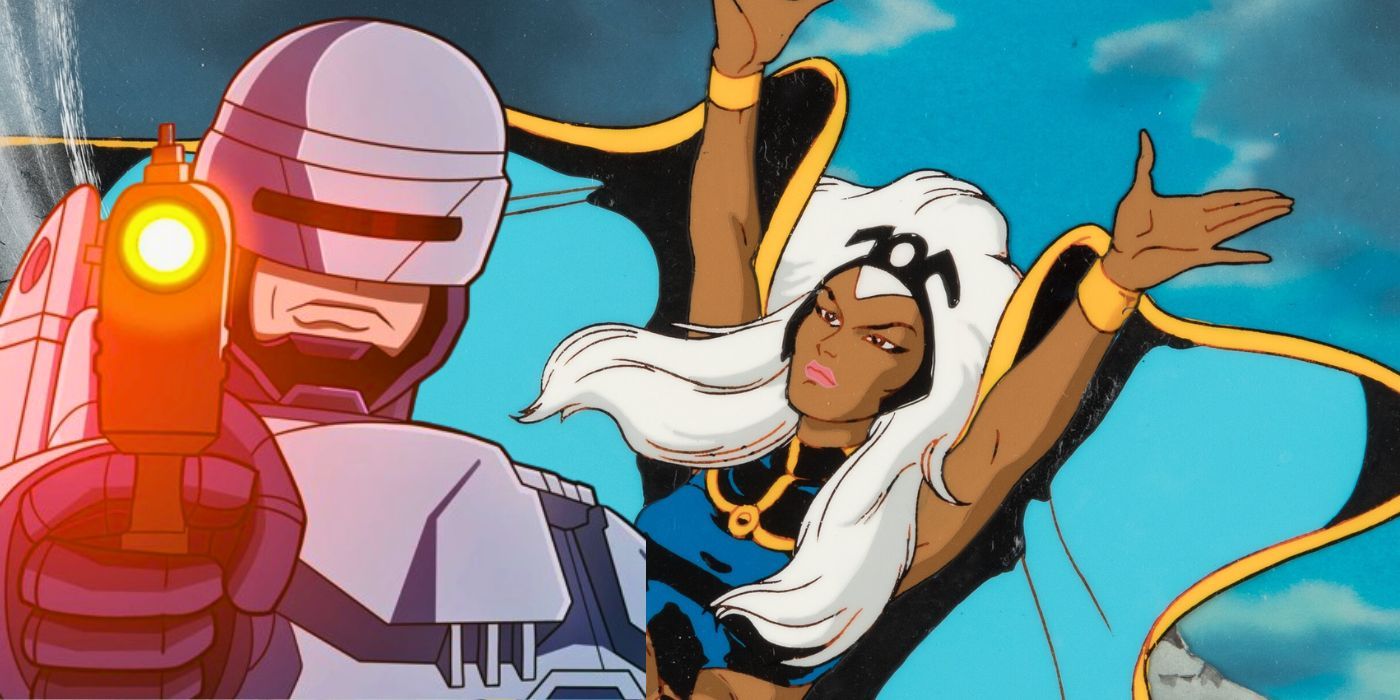 Critics and fans have always been harsh toward the storytelling of X-Men: Pryde of the X-Men ,but the one aspect that has drawn universal praise is the animation. Interestingly, the pilot sprung out of funding reserved for an episode of RoboCop (which again was a part of the Marvel Action Universe programming block). What could have been the 13th RoboCop episode in the series gave way to X-Men: Pryde of the X-Men. Marvel assigned animation duties for this promising X-Men pilot to Japan’s Toei Animation, the studio behind the 1984 Transformers cartoon and anime like Dragon Ball and One Piece.
Critics and fans have always been harsh toward the storytelling of X-Men: Pryde of the X-Men ,but the one aspect that has drawn universal praise is the animation. Interestingly, the pilot sprung out of funding reserved for an episode of RoboCop (which again was a part of the Marvel Action Universe programming block). What could have been the 13th RoboCop episode in the series gave way to X-Men: Pryde of the X-Men. Marvel assigned animation duties for this promising X-Men pilot to Japan’s Toei Animation, the studio behind the 1984 Transformers cartoon and anime like Dragon Ball and One Piece. The X-Men in X-Men: Pryde of the X-Men
The Brotherhood of Mutants in X-Men: Pryde of the X-Men
Charles Xavier (Professor X)
Magneto
Cyclops
White Queen
Storm
Pyro
Wolverine
Blob
Colossus
Juggernaut
Dazzler
Toad
Nightcrawler
Lockheed
Kitty Pryde
Compared to the otherwise clunky visuals of other Marvel Action Universe block programs at the time, the action sequences of the 1989 pilot were more fluid, and the character outlines were more defined. The Uncanny X-Men comics (issues #129-139) inspired the general premise of the X-Men foiling Magneto’s plans of diverting a comet to Earth, blocking the sun, and ushering in a new Ice Age. But with the narrative and dialogues not as sharp as the animation, X-Men: Pryde of the X-Men was meant to be remembered as a case of style over substance.
What X-Men: The Animated Series Improved Upon The 1989 Pilot A Deeper Story Replaced The Campy Overtones
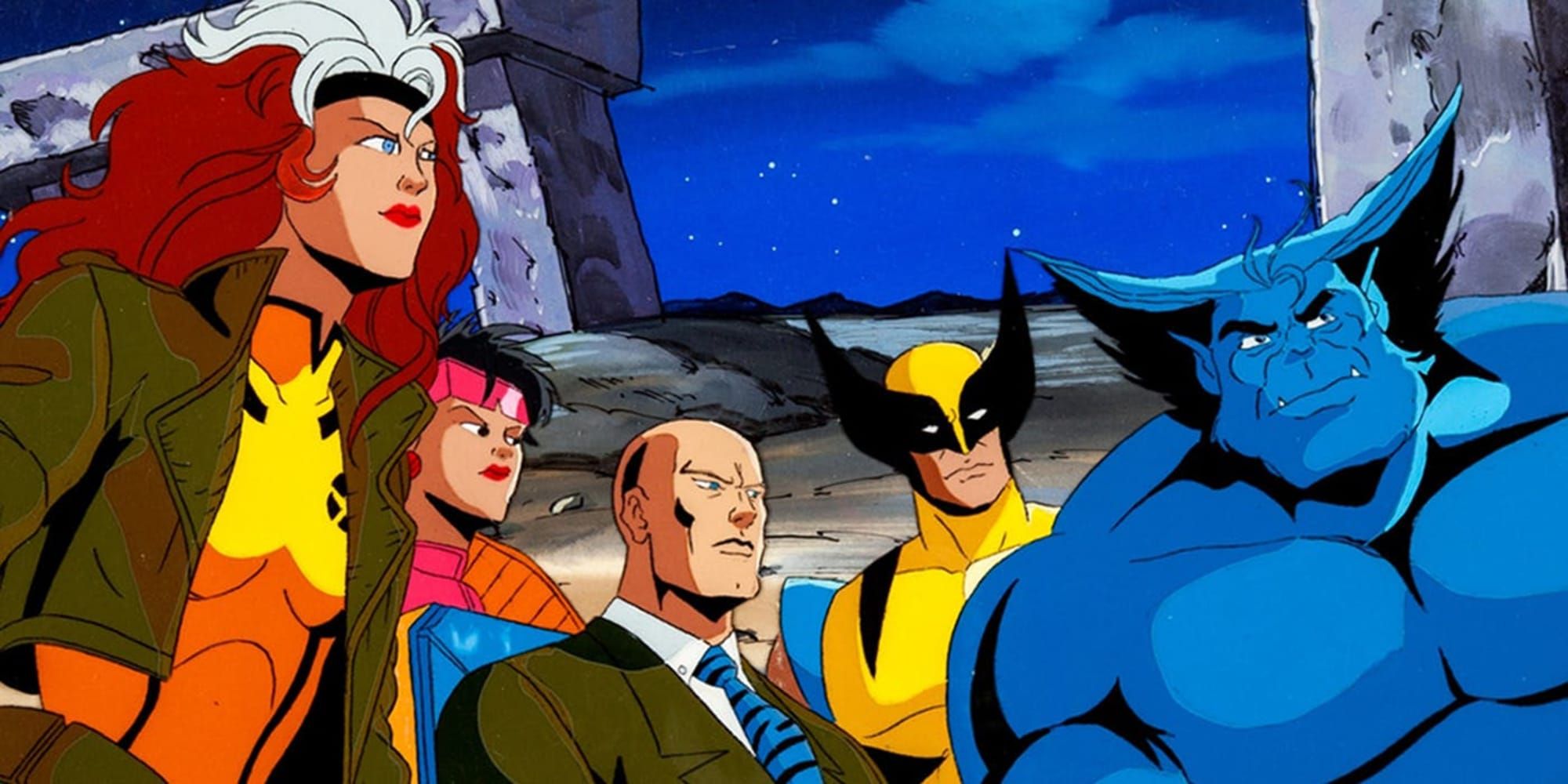 There are certain harsh realities of rewatching X-Men: The Animated Series. Much like the 1989 pilot, even this 90s-era series had its fair share of dodgy accents (although Wolverine wasn’t Australian this time). The animation also hasn’t aged well despite its charm. But X-Men: The Animated Series massively improved upon its predecessor with emotional storytelling, addressing serious themes, and a timeless theme song. While Pryde of the X-Men settled for an upbeat jingle like “X-Men, Coming Your Way,” the X-Men: The Animated Series theme was a dramatic, synth-heavy instrumental that’s now synonymous with the X-Men mythos.
There are certain harsh realities of rewatching X-Men: The Animated Series. Much like the 1989 pilot, even this 90s-era series had its fair share of dodgy accents (although Wolverine wasn’t Australian this time). The animation also hasn’t aged well despite its charm. But X-Men: The Animated Series massively improved upon its predecessor with emotional storytelling, addressing serious themes, and a timeless theme song. While Pryde of the X-Men settled for an upbeat jingle like “X-Men, Coming Your Way,” the X-Men: The Animated Series theme was a dramatic, synth-heavy instrumental that’s now synonymous with the X-Men mythos.  Related The MCU's 2 X-Men Animated Series Easter Eggs Explained & Where To Spot Them X-Men: The Animated Series is instantly recognizable by some trademark elements, and the MCU aptly included them for fans of the 90s cult classic.
Related The MCU's 2 X-Men Animated Series Easter Eggs Explained & Where To Spot Them X-Men: The Animated Series is instantly recognizable by some trademark elements, and the MCU aptly included them for fans of the 90s cult classic.Instead of Kitty Pryde, the Fox Kids show found a teenage heroine with Jubilee. Even if Jubilee has her moments of innocence, the series witnesses significant maturity and evolution in her arc, something that the 1989 pilot would have likely achieved if it had gotten more episodes. The formulaic heroes-save-the-day tropes are also avoided in X-Men: The Animated Series which was relatively darker than other superhero shows of that time. Instead of fixating on the binary between good and evil, the series was unafraid to explore the morally gray areas of Charles Xavier’s X-Men and Magneto’s Brotherhood of Mutants.
Cyclops and his X-Men weren’t just saving humanity like the average comic book hero; they were also fighting to be accepted in a harsh world where humans ostracize mutants. Just take the case of the mutant-hunting Sentinel robots from the very first episode or Beast’s struggle for a fair trial while being incarcerated throughout the first season. The Season 2 episode “Time Fugitives” even had allegorical callbacks to the social stigmas around the HIV/AIDS epidemic with mutants being discriminated against for carrying the Legacy Virus. X-Men: Pryde of the X-Men, in contrast, set the stage for a fairly straightforward “mission of the day” formula.
X-Men: Pryde Of The X-Men Left Behind A Legacy Despite Its Criticisms An Arcade Classic Followed The Pilot's Failure Close There was a silver lining underneath the failure of X-Men: Pryde of the X-Men as the pilot spawned some of the best X-Men video games of the 1980s and the 1990s. Apart from the heavily panned NES title The Uncanny X-Men, Pryde of the X-Men inspired the 1989 sidescroller X-Men: Madness in the Murderworld, which drew positive reviews for its innovative puzzles. An even bigger success was 1992’s X-Men arcade game by Japanese industry titan Konami. Replicating the pilot’s premise of Magneto kidnapping Charles Xavier and Kitty Pryde, players got to choose from six X-Men (the same lineup from the 1989 episode).
Before encountering Magneto in the final level, the players took on Brotherhood of Mutants alumni like Pyro, Blob, Mystique, and Juggernaut, as well as new additions like the Sentinel robots and the monsterous supervillain Wendigo. The Marvel arcade classic was ranked among the most-played arcade games of 1992 (via Amusement & Music Operators Association). Further, in 2004, X-Men was also included in Gamespot’s list of greatest video games of all time (via Gamespot). The legacy of the X-Men game is evident from home console versions released for the PlayStation 3 and Xbox 360 in 2010 and subsequent mobile device versions for Android and iOS.
[圖擷取自網路,如有疑問請私訊]
|
本篇 |
不想錯過? 請追蹤FB專頁! |
| 喜歡這篇嗎?快分享吧! |
相關文章
tag_marvel












